PDF chapter test TRY NOW
Measurement in olden days
In ancient times, people noticed some natural events that occurred regularly after a definite time interval.
Example:
Sunrise and sunset and occurrence of the full moon.


In olden days, people calculated the time of the day with the help of shadows. They also used different time measuring devices with different designs in various parts of the world. Sundial, sand clock and water clocks were the time measuring devices that were commonly used in olden days.
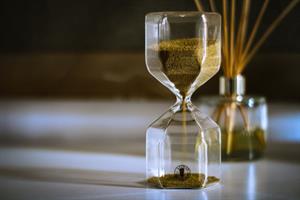
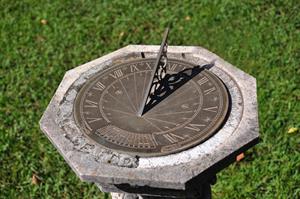
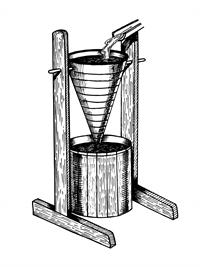
These devices were used before the introduction of pendulum clocks. But nowadays, clocks were used to measure the time intervals within a day.
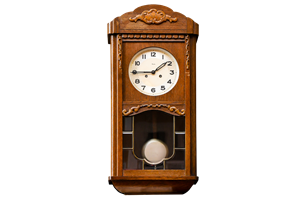
Quartz clocks
Quartz clocks, consisting of an electric circuit with one or more cells, gives more accurate time than any other clocks. The inside view of quartz clock is shown in the picture.
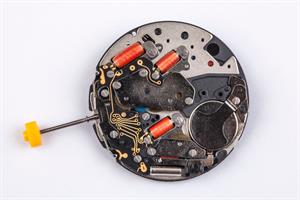
Simple pendulum
The working of clocks are based on the concept of periodic motion. An important example of periodic motion is a simple pendulum.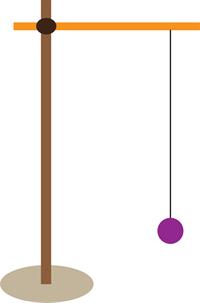
It consists of a metallic ball or a stone piece, a thread and a rigid stand. The metallic ball is generally called as the bob of the pendulum. Initially, in the mean position, the bob is at rest. The bob begins to move to and fro when the pendulum is released from one side, which is an example of a periodic or an oscillatory motion.
Working
The bob starts from its mean position \(O\) goes to one end \(A\), then moves to the other end \(B\) and back to the point \(O\) in the middle. This to and fro motion is said to have completed one oscillation. The word 'time period' is the time taken by the pendulum to complete one oscillation.
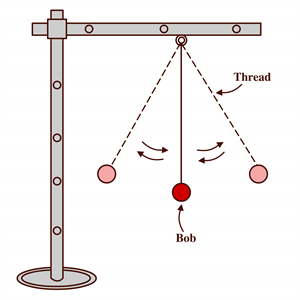
- Take a thread or a string of length \(1\) \(metre\) and fix it to the bob of the pendulum.
- Make the bob of the pendulum to be at rest in its mean position. This mean position of the bob is marked on the floor or wall.
- Now, hold the bob gently and move it to one side, to set it in motion. Note that the string should be in stretched position not in loose condition.
- The bob is now released and not pushed from its displaced position.
- A stopwatch, table clock or a wristwatch can be used to measure the time period of the pendulum. The time is noted when the bob is at its mean position or instead its extreme positions.
- When the pendulum completes \(10\) oscillations, the time is noted.
- This process is repeated again and the observations are made in the given table format.
Length of the string = \(1\) \(metre\)
| S.No | Time taken for \(10\) oscillations (\(s\)) | Time period (\(s\)) |
| 1. | \(20\) | \(2\) |
| 2. | \(40\) | \(4\) |
| 3. | \(60\) | \(6\) |
Calculation of time period of a pendulum
The time period or the time taken for one complete oscillation is calculated by dividing the \(10\) oscillations by \(10\). It is given as,
\(\)
\(\text{Time period} = \frac{\text{Time taken for 10 oscillation}}{\text{10 oscillations}}\)
\(\)
\(\)
From this, it is observed that the time period of the pendulum is the same and it does not get affected by any change in the initial displacement.
Important!
"Time period of a pendulum is constant".
